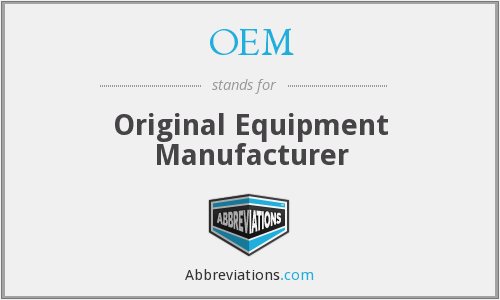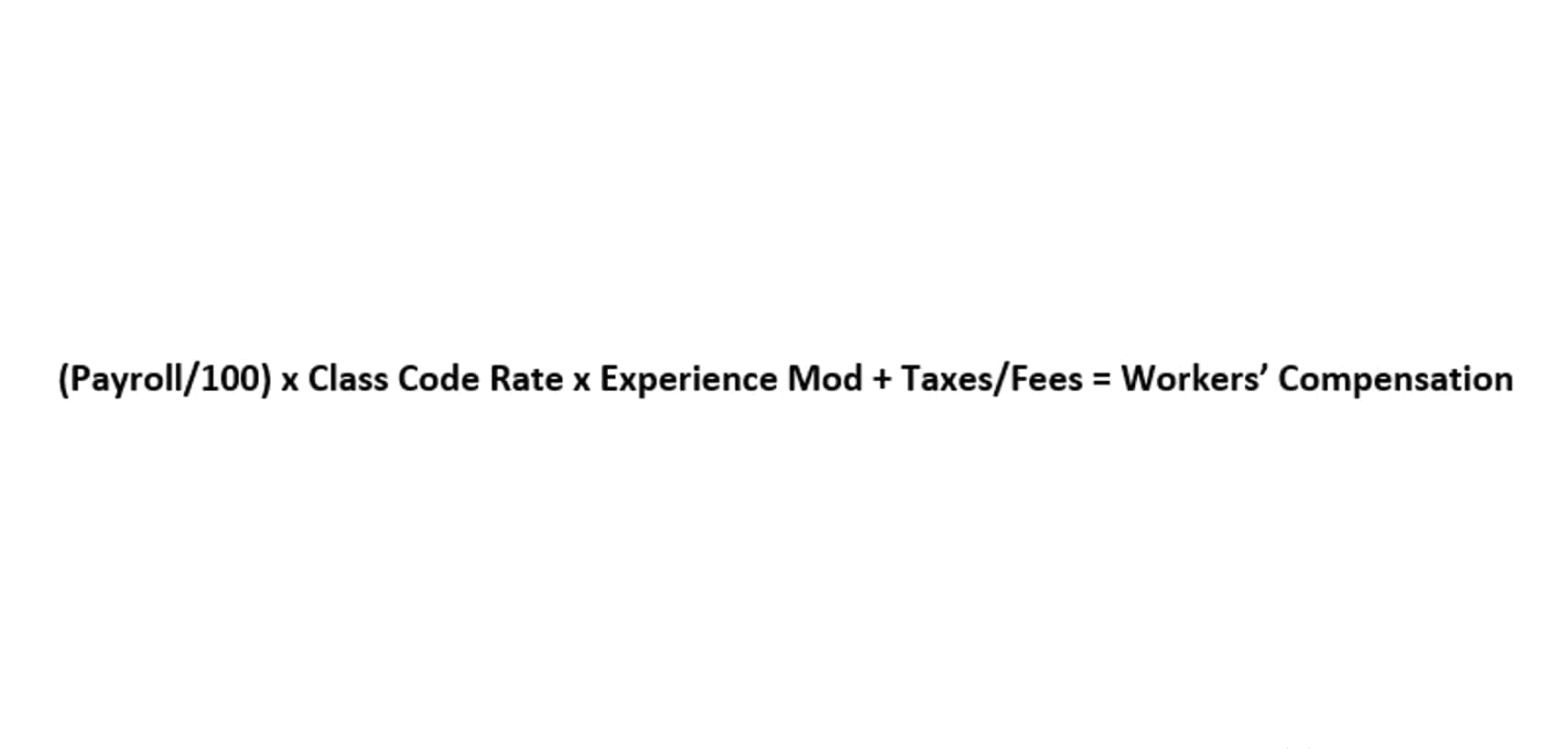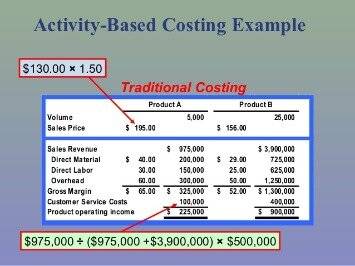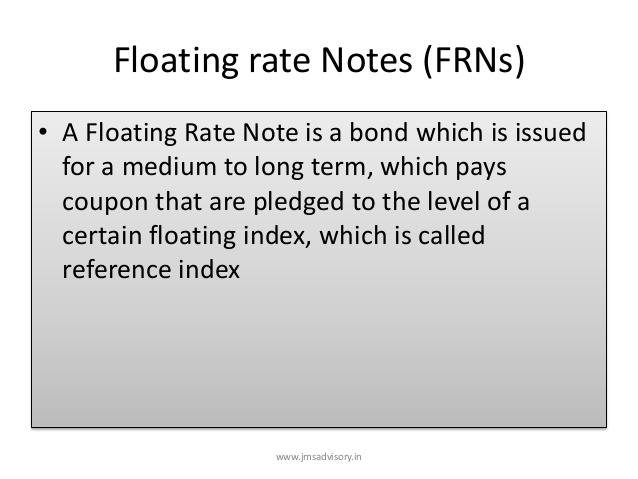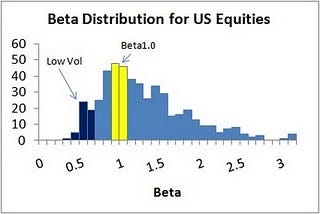Content
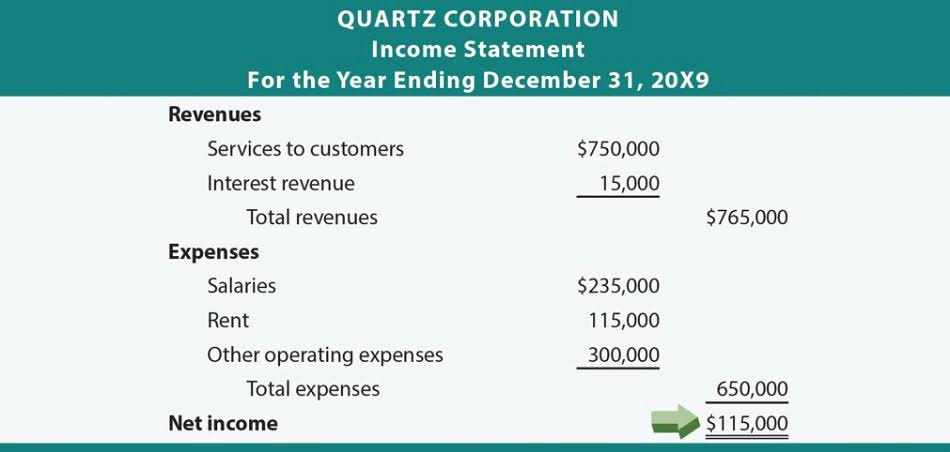
When an analyst must present various different types of units, it is recommended to add a “units” column so that each item contains a label for easy reference. The Latin numeral MM is frequently used to designate that the units used in presenting information (financial and non-financial) are in millions. The example below shows how figures can be portrayed in millions. A recent review of studies in BMJ Global Health highlighted “possible associations” of long-term health problems among Iraqis linked to depleted uranium use on the battlefield.
When fired, a depleted uranium munition becomes “essentially an exotic metal dart fired at an extraordinarily high speed,” Rand senior defence analyst Scott Boston added. While you can make MM stand for millions of anything, it’s important that the reader knows whether you’re talking about dollars, euros, units shipped, etc. If, say, you use it for both units and dollars in the same document, separate the different categories so your readers don’t get confused. This website is using a security service to protect itself from online attacks.
mile $= \underline$ mm
Let’s learn more about the unit ‘millimeter’. We have measures like meters and kilometers to express bigger distances, like the distance between two cities, the height of mountains, lengths of rivers, etc. However, the length of the wheat grain, the size of an ant, the thickness of a paper, etc., are some measures we find difficult to express in bigger units of measurement like meters. Here, millimeters help us accurately express their length. We can use the following conversion chart to convert millimeters into different metric units of length.
- The smallest unit of measuring length is Planck Length.
- We can use the conversion chart to convert 147.5 mm into cm.
- Therefore, the length of a football pitch is 105,000 mm.
- If a financial statement has a lot of large figures, the accountant may simply dispense with abbreviations.
- We have measures like meters and kilometers to express bigger distances, like the distance between two cities, the height of mountains, lengths of rivers, etc.
Depleted uranium is a byproduct of the process to create the rarer, enriched uranium used in nuclear fuel and weapons. Although far less powerful than enriched uranium and incapable of generating a nuclear reaction, depleted uranium is extremely dense – more dense than lead – a quality that makes it highly attractive as a projectile. If the company sells 26,000 units, the accountant can record that as 26M units. If net income runs to $6,500,000, it goes on the books as $6.5MM.
Using a Metric Ruler
As we learned in this lesson, millimeters are a small metric unit for measuring length. They’re useful when measuring small objects, or when measurements need to be more precise than centimeters. Millimeters are used to measure in many applications around the world. They’re used especially when the accuracy for measurement needs to be more precise than inches. A common use for millimeters is in cutting hair. A pair of hair clippers set to Level 1, will cut hair to 3 millimeters long.

The use of two m’s to denote millions is becoming less common. Frequently, in finance and accounting settings now, an analyst will use k to denote thousands and a capitalized M to denote millions. If you think there’s any possibility of your use of MM being confusing or being misinterpreted, you’re safer writing out the numbers or using “millions.” It’s also common to see K used for 1,000 and B for a billion. To avoid confusion, use any and all abbreviations consistently throughout all your financial records.
How has Russia reacted to the US announcement?
Christianlly has taught college Physics, Natural science, Earth science, and facilitated laboratory courses. He has a master’s degree in Physics and is currently pursuing his doctorate degree.
- Harold Averkamp (CPA, MBA) has worked as a university accounting instructor, accountant, and consultant for more than 25 years.
- These examples are programmatically compiled from various online sources to illustrate current usage of the word ‘mm-hmm.’ Any opinions expressed in the examples do not represent those of Merriam-Webster or its editors.
- The use of two m’s to denote millions is becoming less common.
- Particles in aerosols can be inhaled or ingested, and while most would be excreted again, some can enter the blood stream and may cause kidney damage.
- A recent review of studies in BMJ Global Health highlighted “possible associations” of long-term health problems among Iraqis linked to depleted uranium use on the battlefield.
- Stating at the top of the report that “all figures are in millions of dollars” should take care of it.
- So, we have to divide 750 by $(10 \times 10 10)$ or 1000.
If a financial statement has a lot of large figures, the accountant may simply dispense with abbreviations. Stating at the top of the report that “all figures are in millions of dollars” should take care of it. Both approaches are allowed under standard accounting rules.
The Guardian view on ties between North Korea and Russia: bad news, and not only for Ukraine
Putin and the Belarusian president said in July that Russia had already shipped some of the weapons. The IAEA notes that depleted uranium is mainly a toxic chemical, as opposed to a radiation hazard. Particles in aerosols can be inhaled or ingested, and while most would be excreted again, some can enter the blood stream and may cause kidney damage. Select a conversion type and the desired units.
The prefix milli is derived from the Latin mille meaning one thousand and is symbolized as m in the Metric System. Milli denotes a factor of one thousandth (1/1000th) which means that there are 1,000 millimeters in a meter. 3.) You need a table that has a height of at least sixty centimeters.
The action you just performed triggered the security solution. There are several actions that could trigger this block including submitting a certain word or phrase, a SQL command or malformed data. Some examples of objects having about 1 millimeter length areA sharp pencil point and the tip of a sewing needle are approximately 1 mm in length. To reach m from mm, we must jump three places to the left.
What matters is that readers look at the figures and understand the amounts. A millimeter is usually the smallest unit you can measure using what does mm mean a regular ruler. However, there are many units smaller than a millimeter. The smallest unit of measuring length is Planck Length.
The MM abbreviation works whether the entry is in dollars, some other currency or millions of items or customers. These examples are programmatically compiled from various online sources to illustrate current usage of the word ‘mm-hmm.’ Any opinions expressed in the examples do not represent those of Merriam-Webster or its editors. We can use the conversion chart to convert 147.5 mm into cm. This table provides a summary https://www.bookstime.com/ of the Length or Distance units within their respective measurement systems. When preparing financial statements, accountants will typically write a note at the top of the income statement or the balance sheet saying, “All figures are expressed in millions of U.S. dollars,” for example. In this example, we intentionally chose a piece of analysis that contained various different units, such as dollars and shares.


